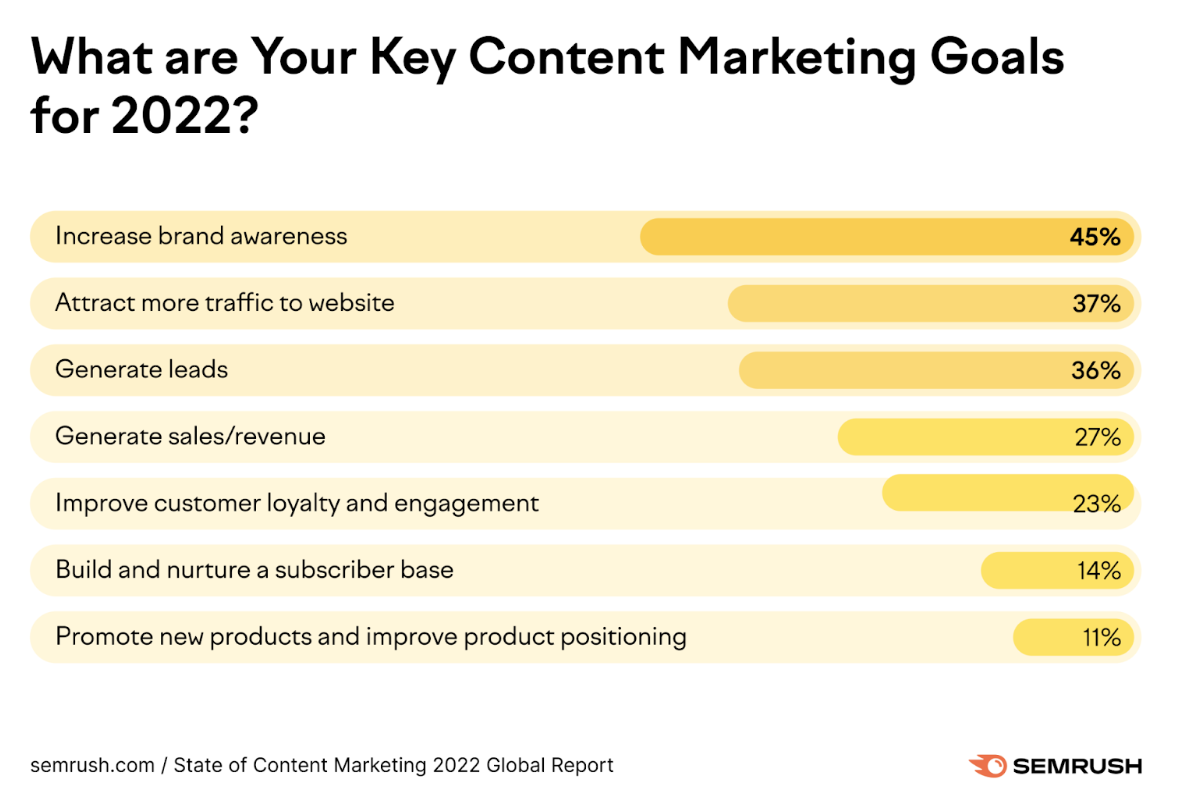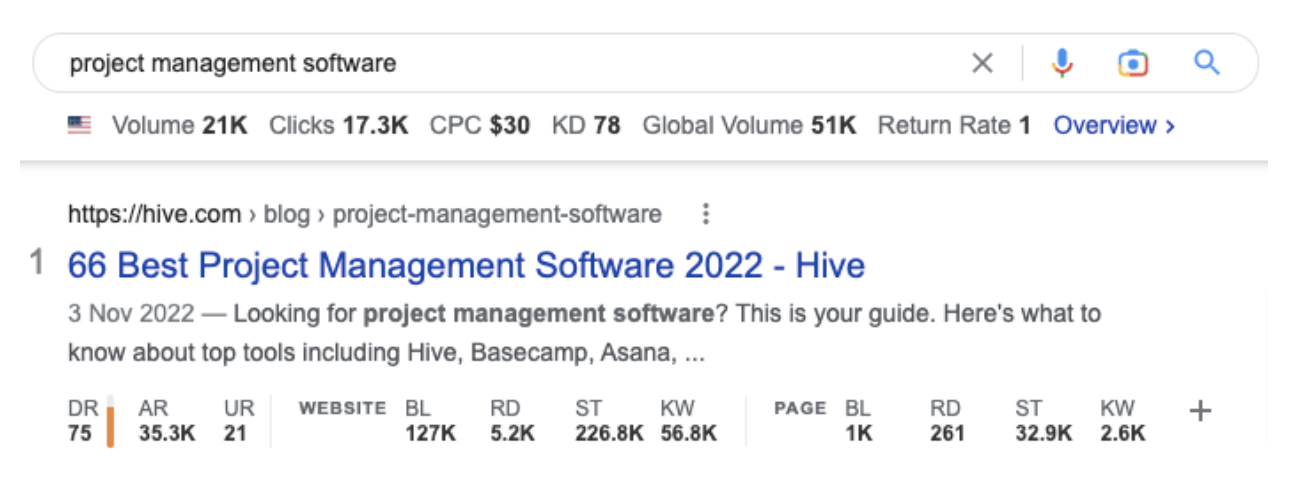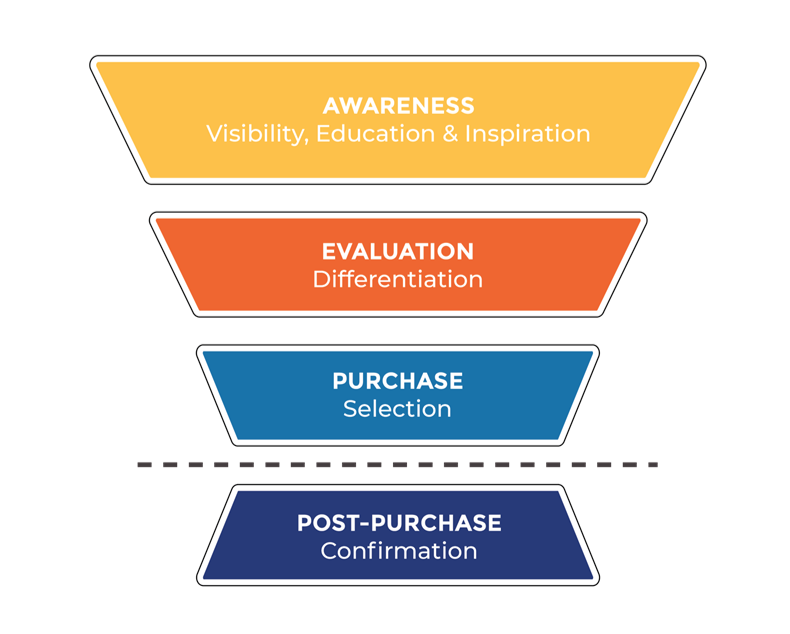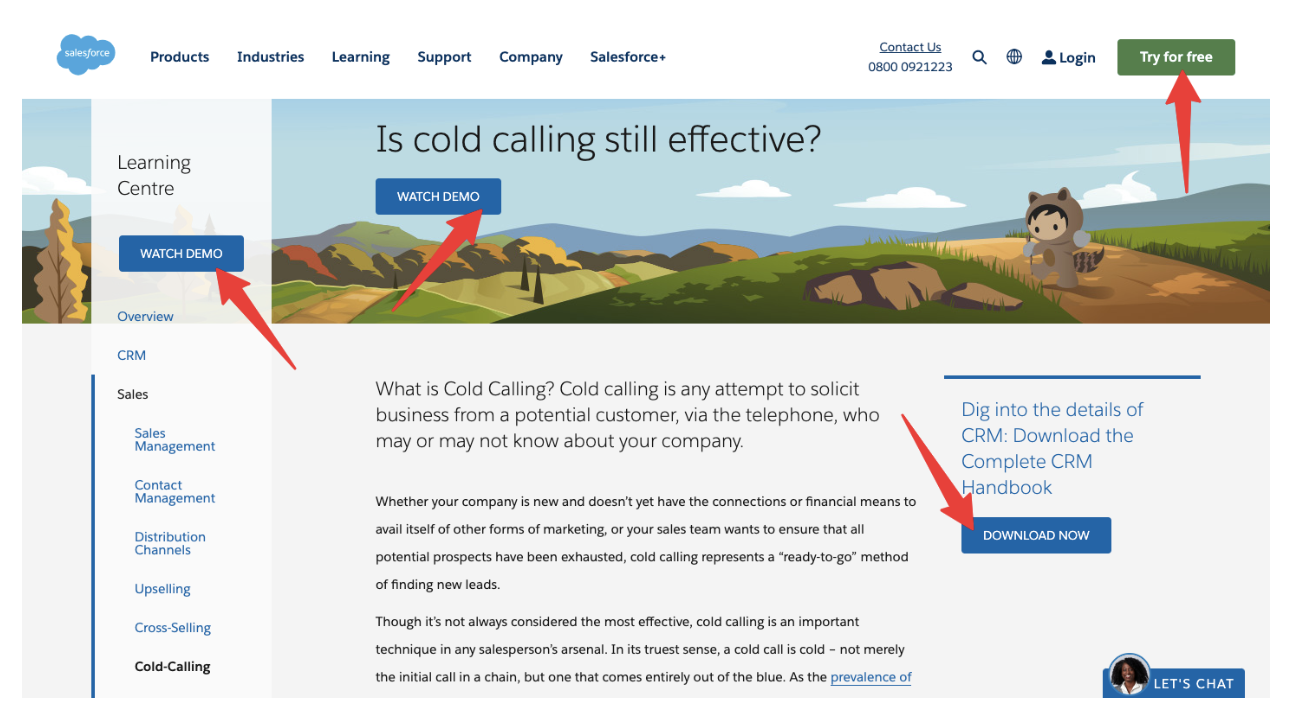No one ever publishes a piece of content and says, “I don’t care if a single person reads this.”
To put it another way, we’ve all got objectives in mind for our content marketing efforts. According to SEMRush’s latest State of Content Marketing report, the most popular goal is boosting brand awareness, followed by attracting more website traffic and generating leads.
It’s one thing for B2C content marketers to demonstrate those goals. After all, consumers might buy after viewing a single well-timed Instagram ad. But things tend to be a little tougher for B2B marketers.
Fully one-third of B2B buyers said their buying journeys somewhat increased in length year on year in 2022, while one-fifth said they increased significantly. What’s more, one in eight buying committees now contain 10+ decision-makers.
This increasing complexity forces B2B marketers to rely on ever-more sophisticated content marketing metrics, such as…
1. Organic Search Decay
We probably don’t have to tell you about the value of repurposing existing content. Research from Referral Rock found that a whopping 94% of marketers already do it. Asked about the benefits of repurposing content:
- 31% said it helps increase content engagement
- 21% said it helps boost brand awareness and reach
- 15% said it helps drive more website traffic
But understanding the value of content repurposing is one thing; figuring out which content to repurpose is an entirely separate challenge.
Content marketing metrics can help. In particular, keep a close eye on organic search decay — the decline in organic traffic to a piece of content over time.
Say you published a piece of content a year ago. From months six to 11, it was consistently driving 2,000 organic visits a month. But in month 12, the same page only brought in 1,000 visits.
Tracking this metric allows you to make strategic calls around content repurposing. Once you’ve identified a drop in performance, you can crunch the numbers. Are you being outranked by a new piece of competitor content? Have other competitors updated and improved their own content? Or has the search volume declined?
If your organic search decay is related to competitor activity, that suggests your post is a prime candidate for updating and repurposing. On the flip side, if the keyword is simply being searched less, it might be time to move on and target a new keyword.
2. Cost Savings on PPC Traffic
This metric involves estimating the cost of generating traffic via paid search keywords and comparing it to the “free” traffic you’ve brought in through organic clicks. It’s a pretty simple but effective way to demonstrate the cost-effectiveness of your organic content.
For instance, at the time of writing, Hive holds the #1 spot in organic search for the term “project management software.”
Ahrefs estimates this keyword has an average cost per click of $30. If you worked for Hive, you could click into Google Search Console (FKA Webmaster Tools), look up the Queries report, and see the number of clicks on that specific keyword.
Say Hive’s content wins one-quarter of clicks for “project management software,” equivalent to about 4,300 clicks a month. Multiply that by the average CPC and they’re saving about $129,000 a month in potential spending on search ads. Nice!
3. Sales Cycle Velocity
You might be thinking, “Why would we track sales metrics in our content marketing metrics?”
The answer is simple: Sales and marketing misalignment costs businesses money. Indeed, 63% of sales and marketing leaders agree that marketing, sales, and service misalignment is a barrier to business growth, according to research from SugarCRM.
Getting sales and marketing teams to play nice together can have a major positive impact on your bottom line. And one of the most effective ways to achieve this is to have both functions working towards the same metrics.
Sophisticated content marketing strategies target leads at each stage of the buyer’s journey.
So it follows that the more high-quality content you produce for the awareness, consideration, purchase, and post-purchase stages, the shorter your sales cycle should be. While content is rarely the be-all, end-all deciding factor in B2B buying decisions, this particular data point can provide useful insight above and beyond traditional metrics.
4. Lead Conversion Rate
Here’s another sales-related metric that can prove valuable for content marketers.
Traditionally, marketing teams have “checked out” once a lead gets passed on to sales. They convinced the lead to hand over their name and email address, so their work is done, right?
It’s not hard to see the flaw in this approach. You might generate 10,000 marketing-qualified leads, but if none of them turn into paying customers, your campaign was an abject failure.
Sure, some of the blame might fall on the sales team. But marketers can’t afford to bury their heads in the sand.
Lead conversion rate doesn’t lie. If you’re genuinely targeting the right people with engaging, persuasive, insightful content, it should be comparatively easy for your sales teams to convert a decent proportion of them. But if you’re targeting the wrong people, or your content isn’t up to scratch, it’s time to switch things up.
5. CTA Conversion Rate
Chances are you’re already including calls to action (CTAs) in your content — if not, you probably should be.
Typically, CTAs are seen as a conduit to conversions. Someone clicks a button marked “Watch Demo,” fills out a form on a new landing page, and hits “Submit.” The final action in that sequence qualifies as a conversion. But the original CTA click is just as, if not more, important.
For that reason, one interesting content marketing metric to track is CTA conversion rates within content. This approach can help you gauge whether you’re targeting the right people through your content — and whether your messaging is persuasive enough to drive them to click.
But that’s only part of the story. The next step is to track conversion rates across different types of CTAs.
In the following example, we can see Salesforce included no fewer than four CTA buttons above the fold in a blog post on cold calling:
Three of those CTAs — those aimed at driving demo views and free trials — are a comparatively “tough sell” to a reader who’s just landed on a blog post.
The other, encouraging the user to download a piece of content, is much softer. It’s not related to any kind of immediate buying decision. For that reason, we’d expect it to convert at a higher rate than the “Try for free” or “Watch demo” calls to action. Measuring and interpreting this data would be a useful way to identify opportunities to improve content performance.
Why Metrics Matter
Sure, tracking metrics might not be the sexiest element of content marketing.
But focusing on the right content marketing metrics — those that go beyond the basics — can give you unique data into your audience and their behaviors, which in turn offers valuable insights on how to improve your content.
Not only that, but it’ll help you demonstrate the value of your work to the higher-ups at board level. And that’s worth its weight in gold.
Struggling to achieve your content marketing goals? Get in touch with Content Conquered today to see how we can help you create better content, faster.




